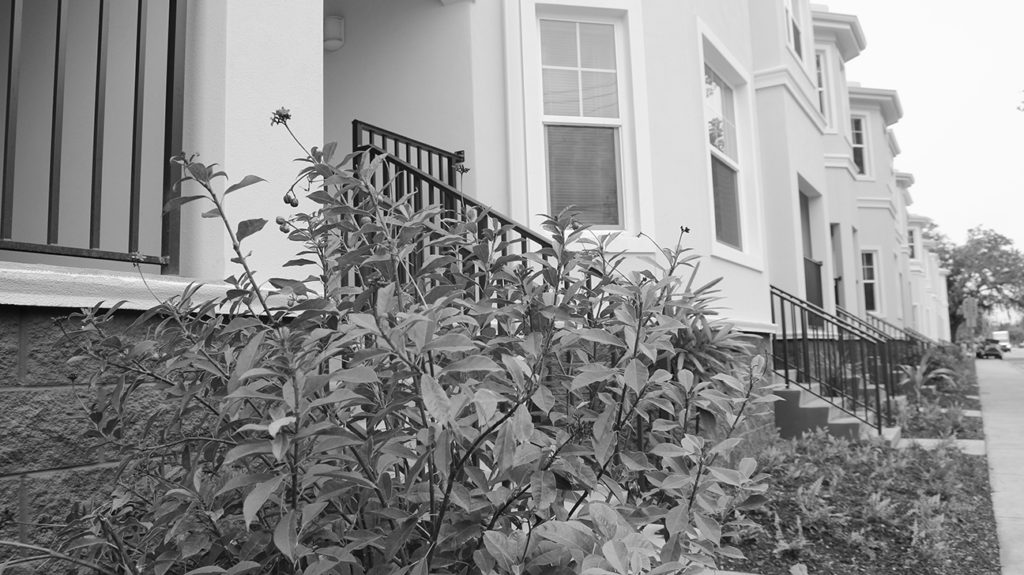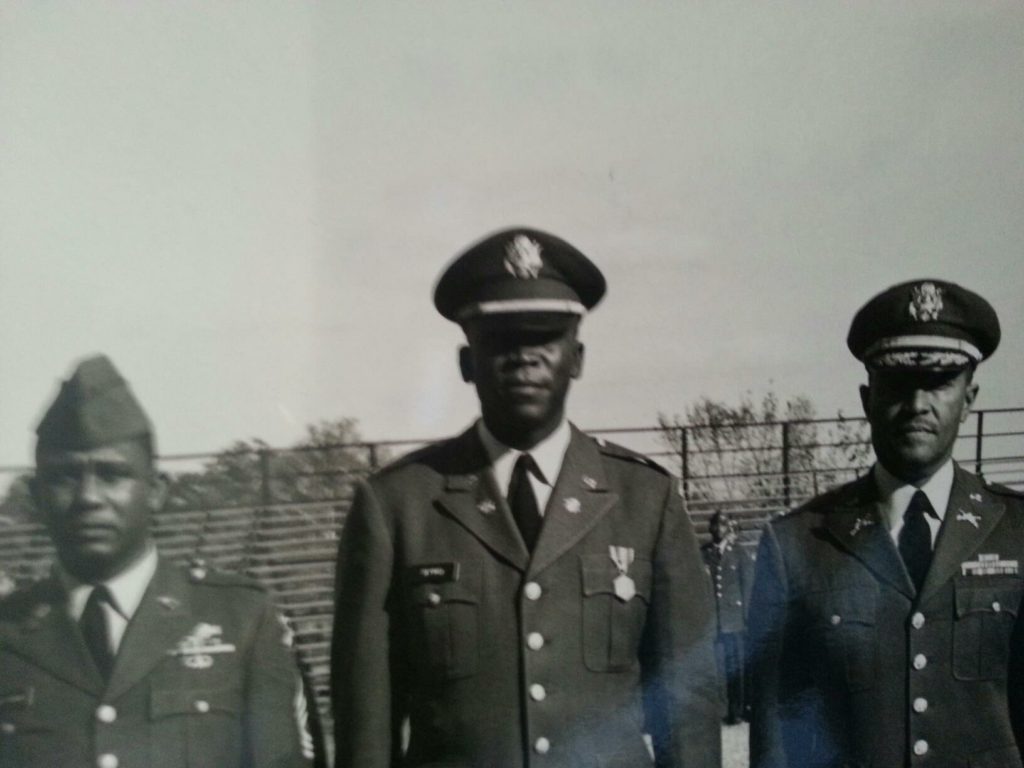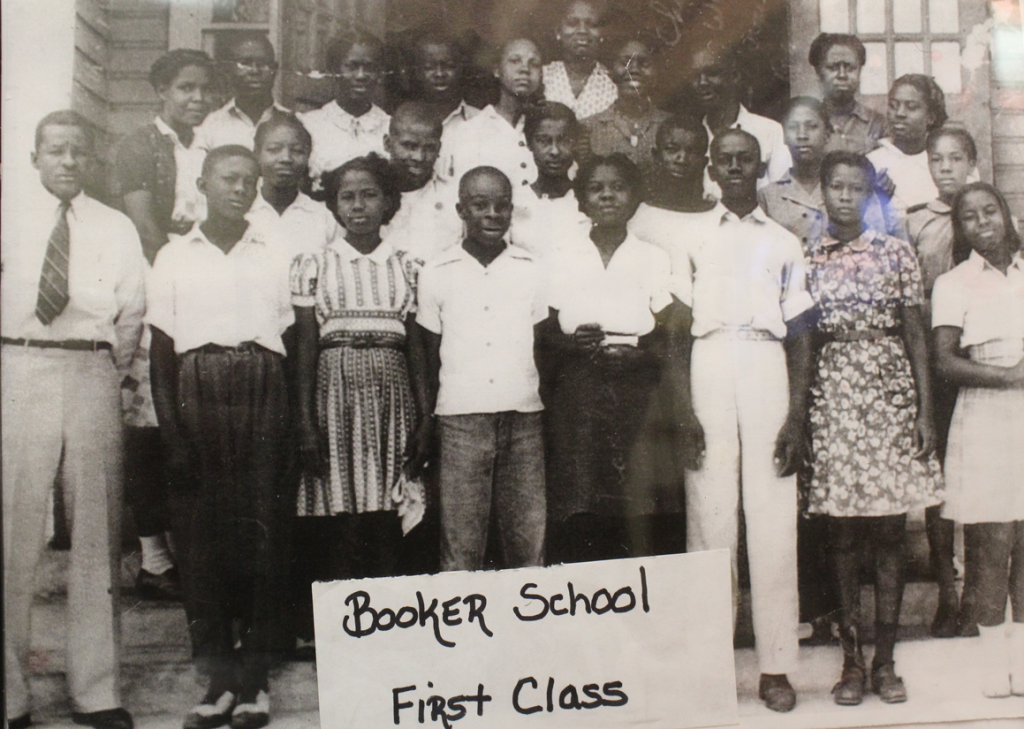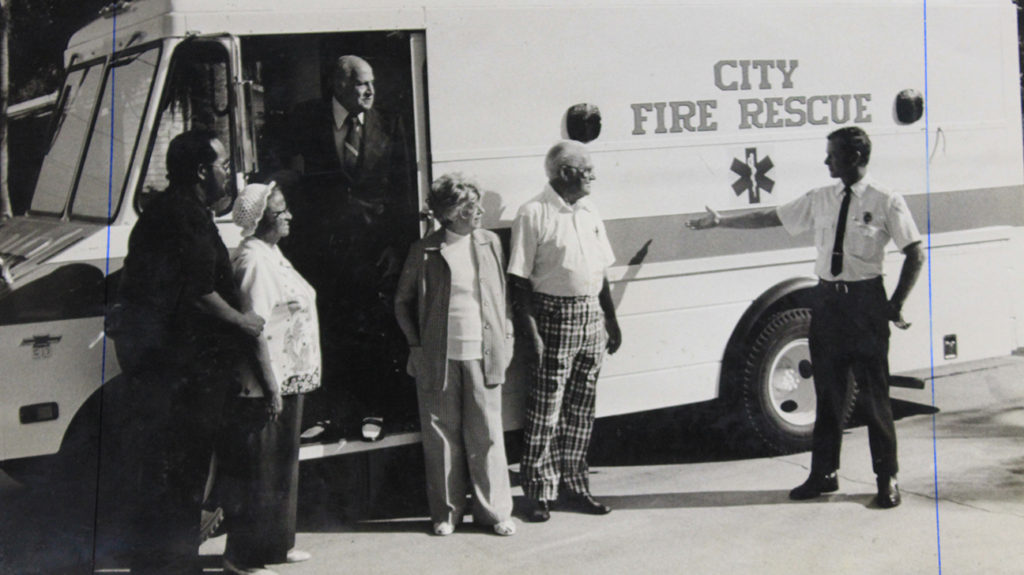
Newtown Historic Marker Listings

1. EARLY SETTLEMENT
Overtown became Sarasota’s first African American community in 1885. The name “Overtown” evolved from the phrase “over town.” 1912 North Orange Avenue, Orange Avenue Heights, Sarasota Housing Authority.

When the Civil War ended in 1865, some freed people migrated to Sarasota, Manatee and Hillsborough Counties from north and central Florida, Georgia, Alabama and the Carolinas. 2500 North Orange Avenue, Newtown First Addition, City of Sarasota.

“Without activists, there would be no African American elected officials.” -Edward E. James II
2700 Orange Avenue North, Newtown Heights First Addition, Whitni Bryant Richardson and Calvin Bryant.

4. THE WRIGHT BUSH HOUSE
1723 Dr. Martin Luther King Jr. Way, Wright and Sarah Bush Family.

“Make a way, find a way” was the mantra of Newtown strivers who worked long hours, exerting their bodies to exhaustion to provide for their families. 1742 Dr. Martin Luther King Jr. Way, Newtown First Addition, Children First.

Newtown’s revitalization and redevelopment requires more than streetscapes and beautification. The physical solutions must be combined with social and economic changes in order for the community to survive. 1782 Dr. Martin Luther King Jr. Way, Newtown Heights, City of Sarasota.

Florida was a hotbed of racist activity during the Reconstruction after the Civil War. Race relations deteriorated as African Americans were run out of town, punished more severely for crimes, assaulted without reason, denied voting rights and stripped of any land they owned. 2730 Links Avenue, Newtown Heights, Greater Hurst Chapel A.M.E. Church.

Places of worship have always been an important aspect of life in Newtown and one of the best locations to gauge the heartbeat of the community. 2504 Gillespie Avenue, Epstein Addition to Newtown, New Bethel Missionary Baptist Church.

A thriving business district is the heartbeat of a community. Shops along the main thoroughfare in Newtown helped residents survive segregation by providing the necessities when Sarasota shops were off-limits. 2431 Washington Court, Fred ‘Glossie’ Atkins Park, City of Sarasota.

Most of the historic buildings in Newtown can be described as “vernacular” architecture. Generally, vernacular buildings are constructed based on the traditions and experiences of local craftspersons whose works meets the community’s needs using locally sourced materials. 3014 Dixie Avenue, Newtown Heights, Truevine Missionary Baptist Church.

Enlisting in the United States Military and swearing to protect the rights of all Americans is a high calling that requires sacrifice. 1845 34th Street, Newtown Park, City of Sarasota, Robert L. Taylor Community Complex.

Education was a cherished possession of free African Americans denied the privilege of reading and writing by slave owners. 3400 North Orange Avenue, Amaryllis Park, Sarasota County School Board.

For almost a third of Newtown’s 100 year history from 1914-2014, the African American community supplied most of their own medical care, using cobwebs, cotton balls, turpentine and castor oil as internal and external cure-alls. Churches and revivals provided spiritual healing. 1775 Dr. Martin Luther King Jr. Way, Newtown Heights 1st Addition, Knights of Pythius.

After the Civil War ended slavery in the south, segregationist policies and Jim Crow laws still prevented access to healthcare, education and social services for African Americans. Maple Avenue, Newtown, Bethel Christian Methodist Episcopal Church.

The Newtown and Overtown communities were built on strong religious foundations. 1680 18th Street, HA Nichols Subdivision 1, Bethlehem Baptist Church.
Sarasota County markers are packed with more information about African American history. Plan a visit to:
- Booker High School
- Helen Payne Day Nursery
- Lido Beach
- Woodlawn Cemetery
- Laurel Turpentine Camp
- Bee Ridge Turpentine Camp
- Woodmere Lumber Company
- Rosemary Cemetery
- Downtown Sarasota at Five Points
- Overtown
- Robert L. Taylor Community Complex
- Cultural Resource Center


